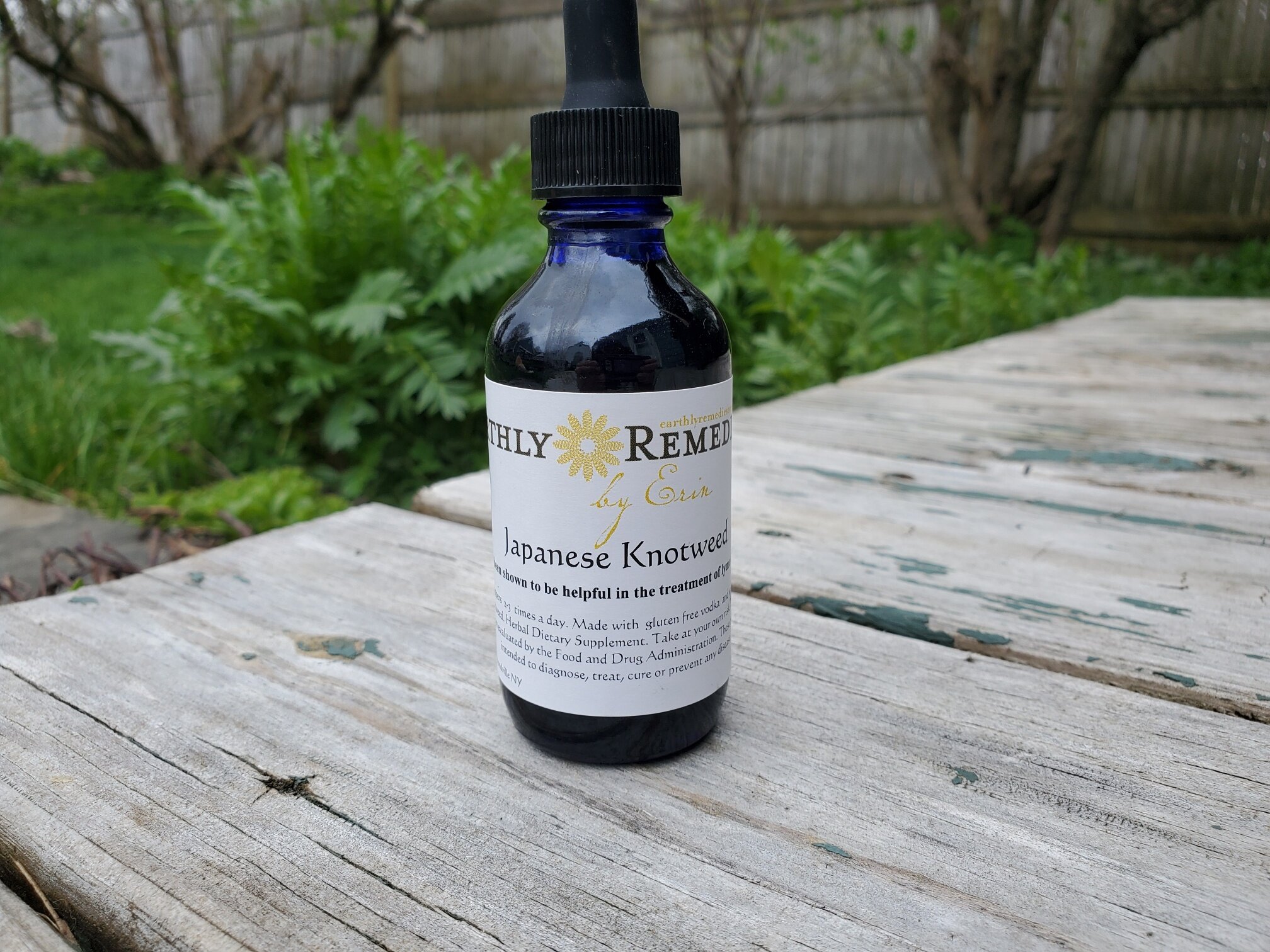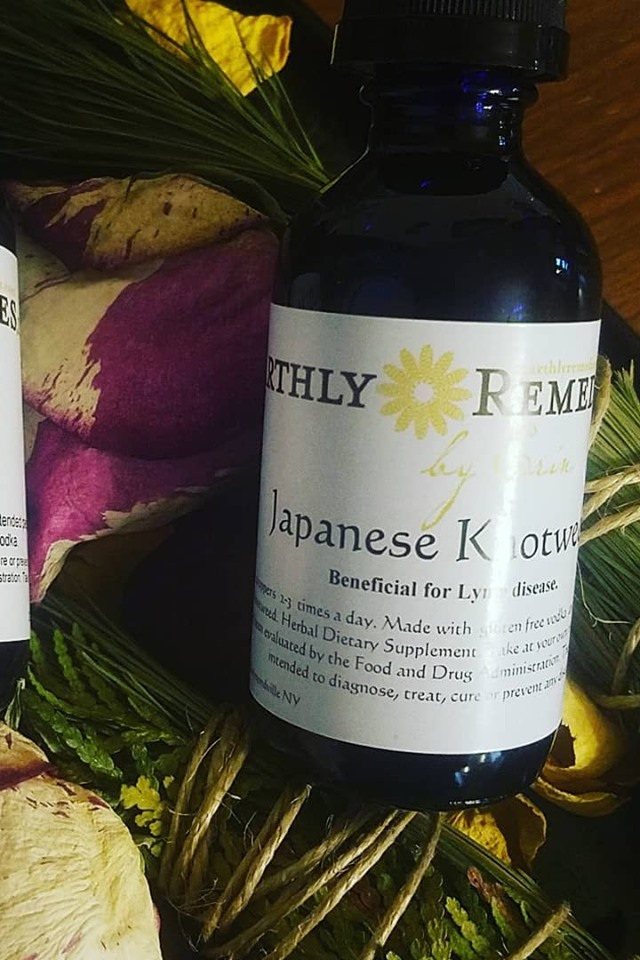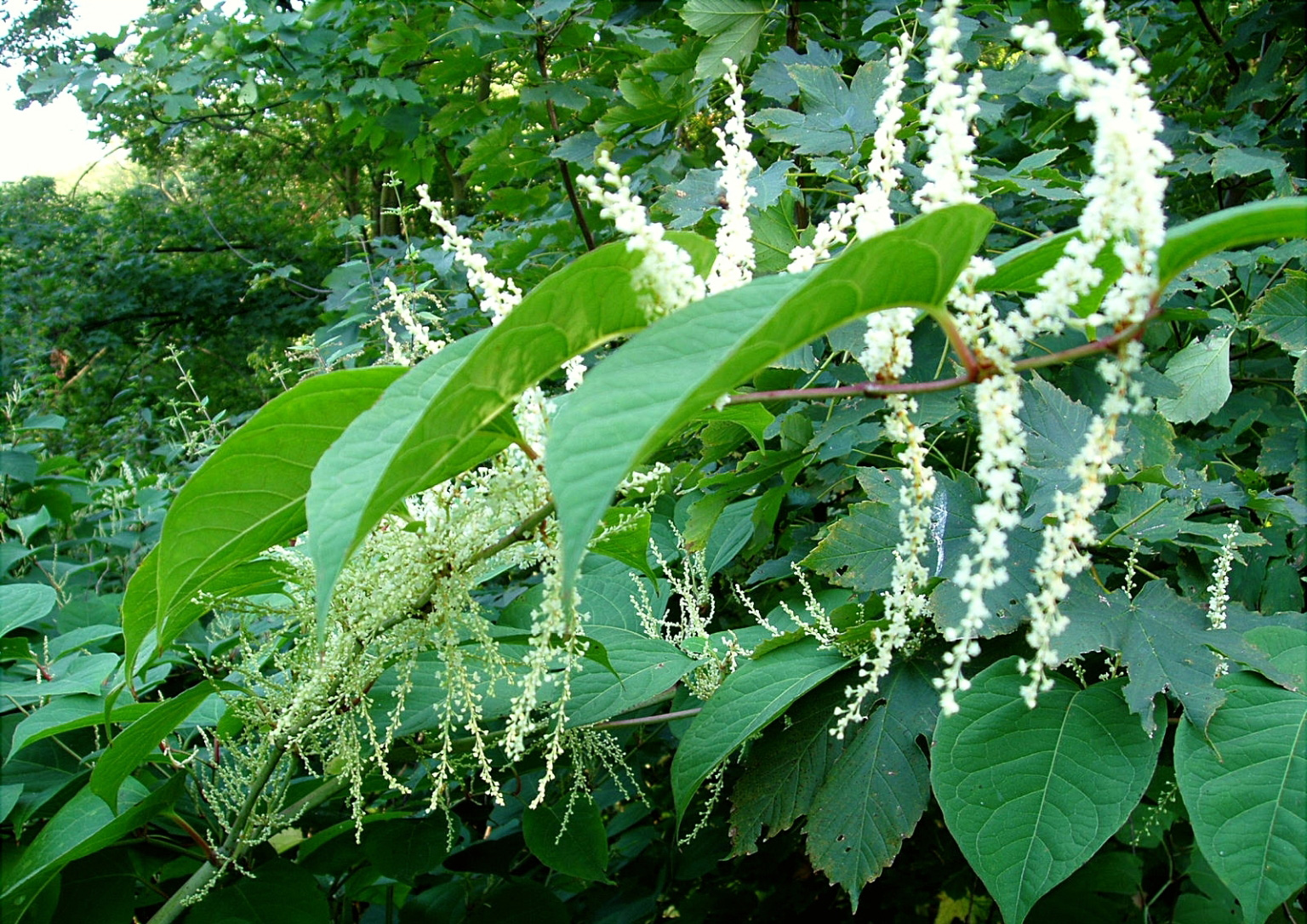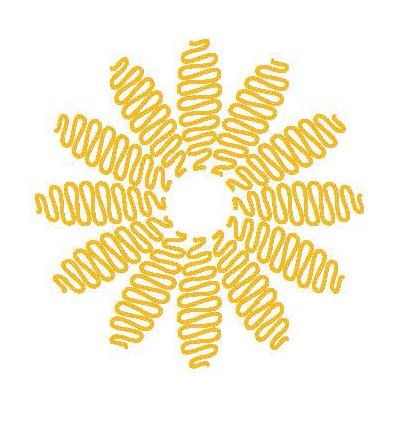Japanese Knotweed Tincture



Japanese Knotweed Tincture
Japanese Knotweed is an extremely invasive plant but thankfully has strong medicinal properties when using the rhizomes.
It contains some of the highest amounts of resveratrol. I mainly recommend JK for Lyme disease and co-infections as it has anti-spirochete properties and is antibacterial. It is good for inflammation and as a pain relief. Good for people with sciatica when taken longer term and on a regular basis. It can stimulate the immune system ever so slightly so those with autoimmune disorders should only take for shorter periods of time.
Made with organic gluten free alcohol and wildly harvested Japanese Knotweed that grows away from roads.
Japanese knotweed (Polygonum cuspidatum), also known in Traditional Chinese Medicine as Hu Zhang, is a part of the buckwheat family and is one of the main herbs used by herbalists to help aid in the treatment of Lyme disease. It likes to grow in wet soil conditions and typically in waste areas (poor soils, road shoulders, ditches, etc.) which makes it a difficult plant to harvest safely. The roots are the primary parts used for medicine and the new shoots (that sort of resemble asparagus) are used for food in the early spring. When eaten it is high in vitamins A and C, zinc, magnesium, and potassium. The shoots have a bitter flavor and are high in oxalic acid so it isn’t recommended to eat too many if you have kidney stones. In Asia the leaves are used like tobacco.
Japanese knotweed is considered an invasive species.So, if any part of the plant gets dropped or left somewhere while harvesting that’s all it takes for it to grow and spread. I take special precautions when I harvest the roots myself (which is a difficult job unto itself as the roots are extremely difficult to dig up). I burn any of the plant material that remains and when I finish tincturing the roots, it is one of the menstruum’s that either gets thrown away or burned.
Japanese knotweed is native to places like East Asia, Japan, and China. It was introduced into England in the 19th century and then shortly thereafter in the United States for erosion control and as an ornamental plant. It grows quite tall, and the roots can go ten feet into the earth which is what makes it difficult to harvest.It is said that it can grow up to 3 inches a day. The flowers are a white/ivory color and are fragrant. The honeybees love them and there is Knotweed honey that is very dark and has a robust color and flavor.
Some of knotweed’s herbal actions are bitter, astringent, Immunomodulant, alterative, cardioprotective, anti-inflammatory, and diuretic. It has cooling properties on the body and helps to clear waste through the digestive and lymphatic system.It is interesting to think about its ability to clear waste from the body because as I had mentioned beforehand it grows in waste areas. It can clean and pull toxins including heavy metals from the soil. Kind of cool when you think about it and its ability to help the human body along with mother earth in a similar fashion. It is best to harvest from areas with clean soil – and never harvest near waste sites.
It has high levels of resveratrol which helps to suppress the replications of viruses such as influenza. The resveratrol makes Japanese knotweed promising for treating neurological disorders. It is considered a broad-spectrum antimicrobial that has antiviral, antibacterial, and anti-spirochetal properties. Hence why I had mentioned its use for Lyme disease. Another interesting note is that Japanese Knotweed typically starts where Lyme follows (I have read from different herbalists that it shows up after Lyme but most of the herbalists seem to agree that it shows up before Lyme moves into an area).
Japanese knotweed helps to assist in the killing of the Lyme virus after one has been bitten by a tick. It helps to move blood to the areas where the spirochetes hide and it has the ability to cross the blood-brain barrier. Its antimicrobial properties help to fight off Lyme disease and other co-infections. It helps with muscle and joint pain, neurological inflammation, and the cardiovascular system. Japanese knotweed can reach places in the body that other herbs cannot. When Lyme becomes chronic its immunomodulant properties help the body continue to fight.
Japanese Knotweed isn’t recommended for pregnant women and due to the increase of blood flow while taking it, one should stop taking 10 days before any surgeries.
2 fl. oz.
This is a dietary supplement.
I recommend that with all the herbal tinctures you start of small in dosing and work your way up to recommended dosage. Some people only need a small amount to notice a difference.
Disclaimer: Earthly Remedies is not responsible for any individual’s use of our products. Each person’s response to herbs may differ. Consult a qualified health care practitioner or herbalist for guidance.
*These statements have not been evaluated by the Food and Drug Administration. These products are not intended to diagnose, treat, cure or prevent any disease.

